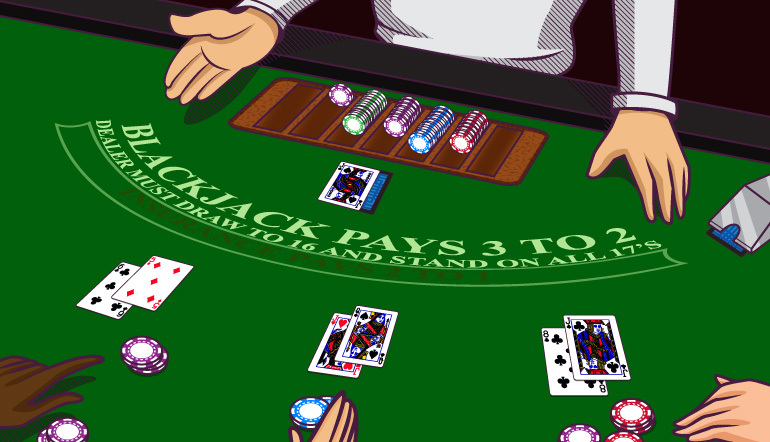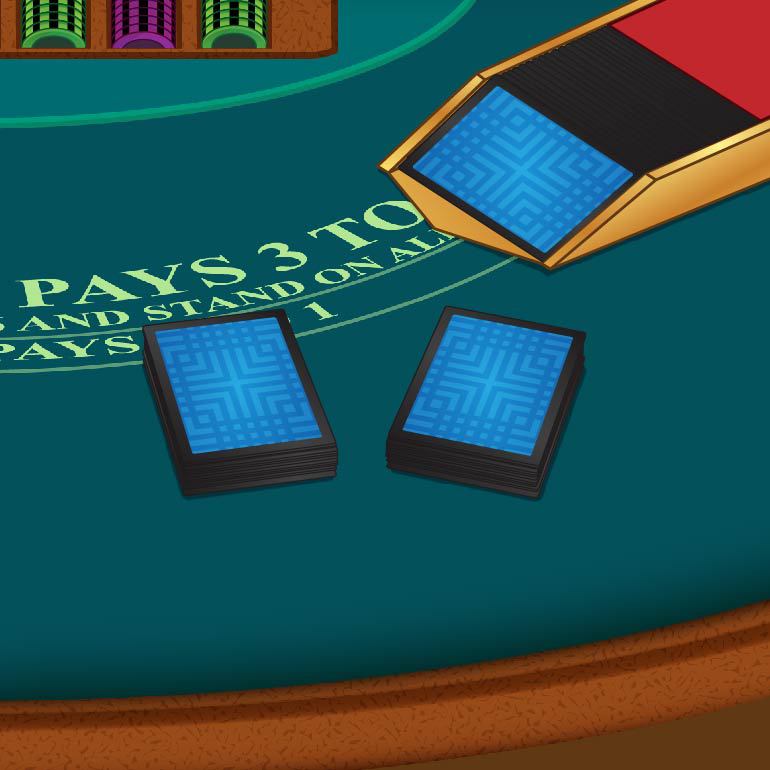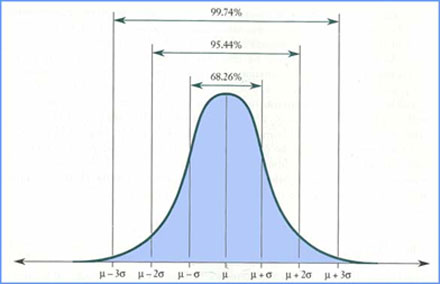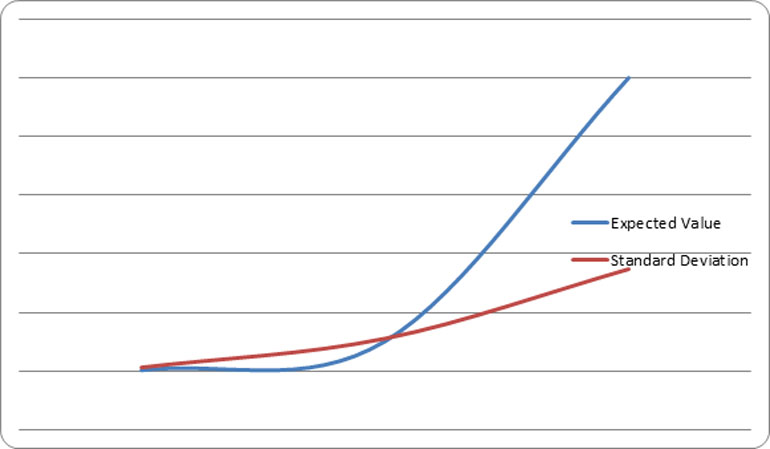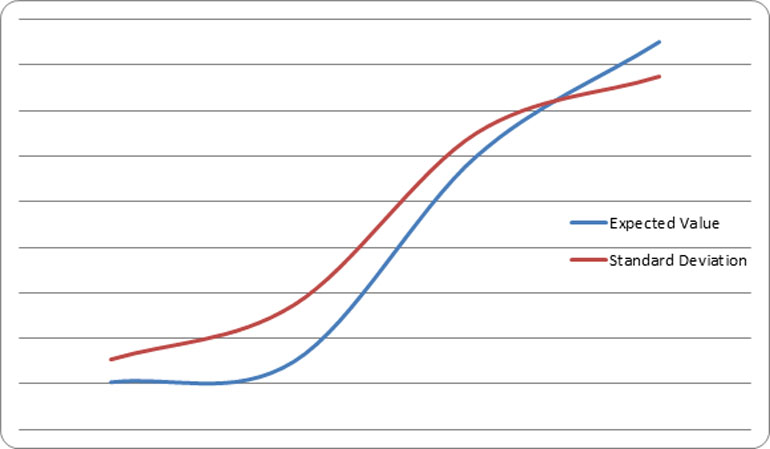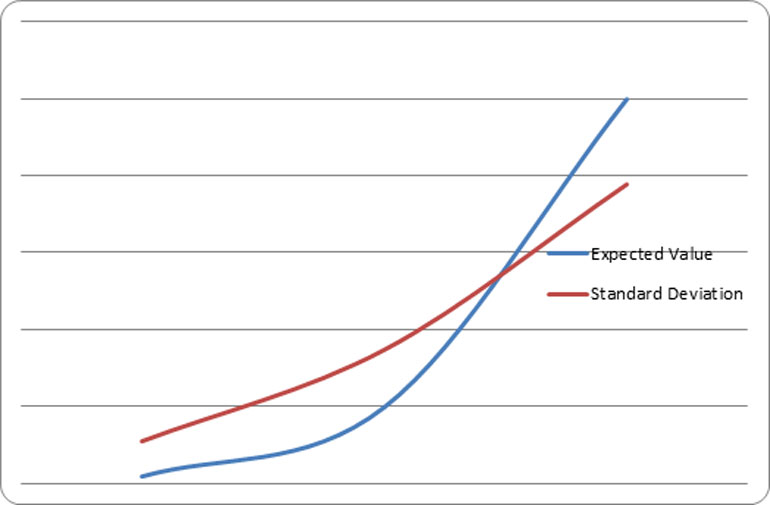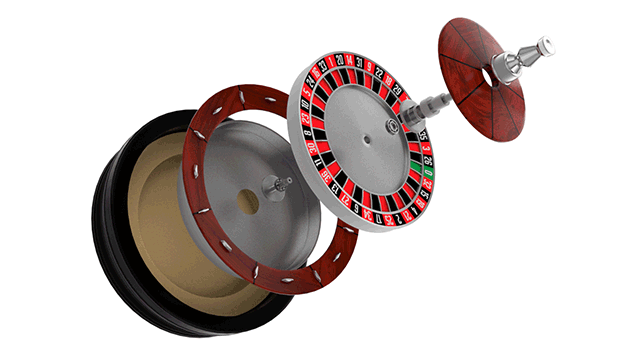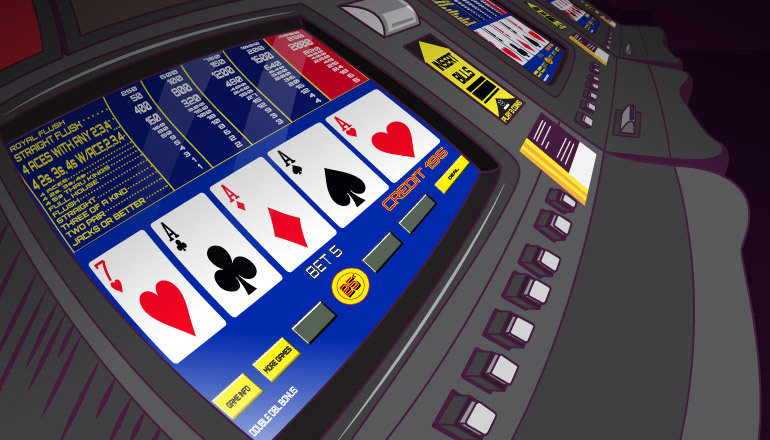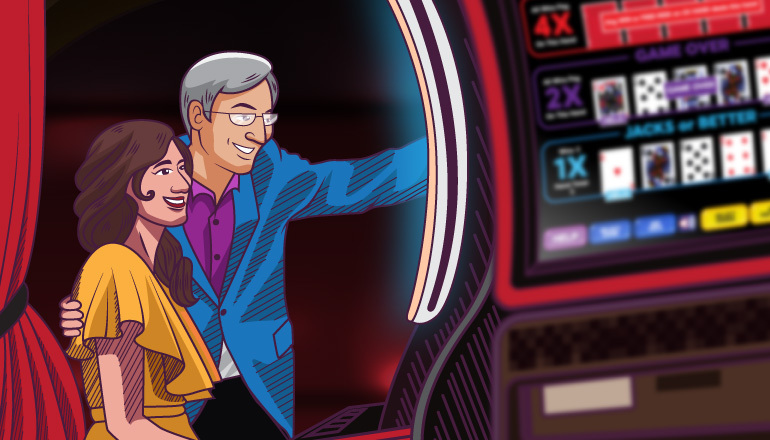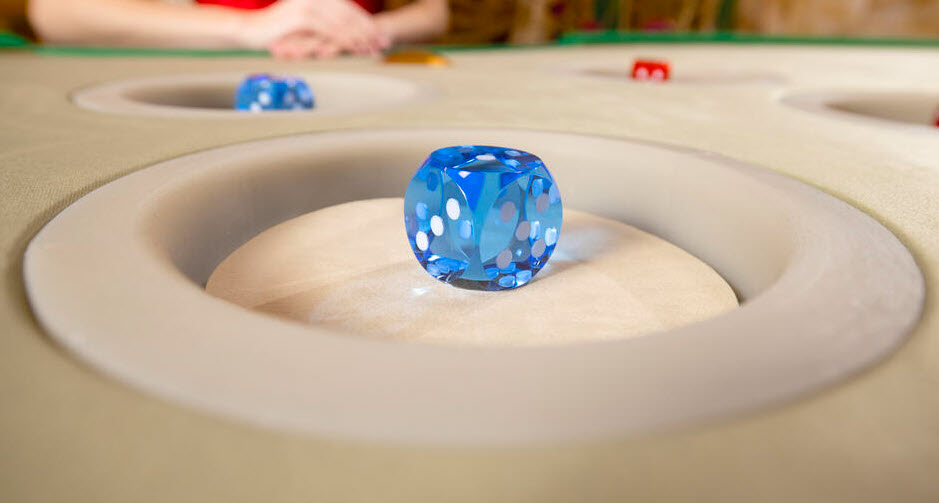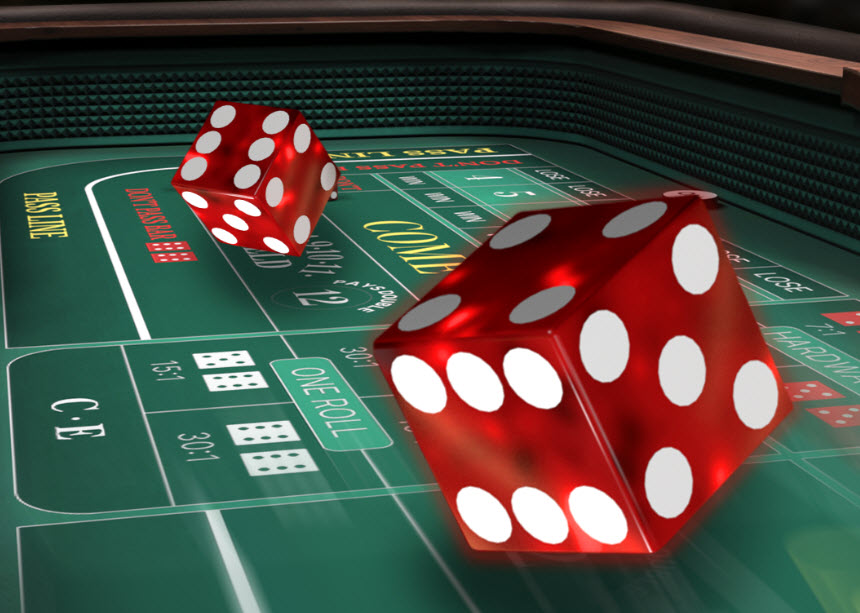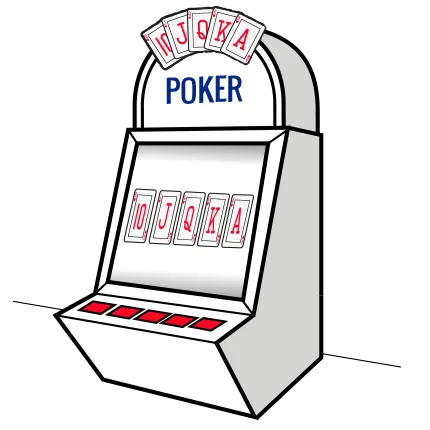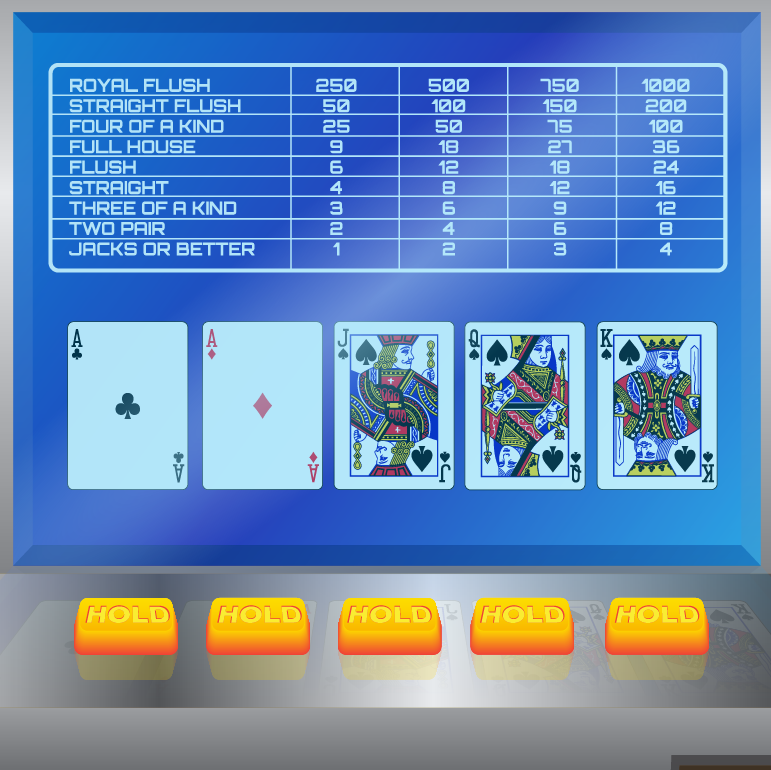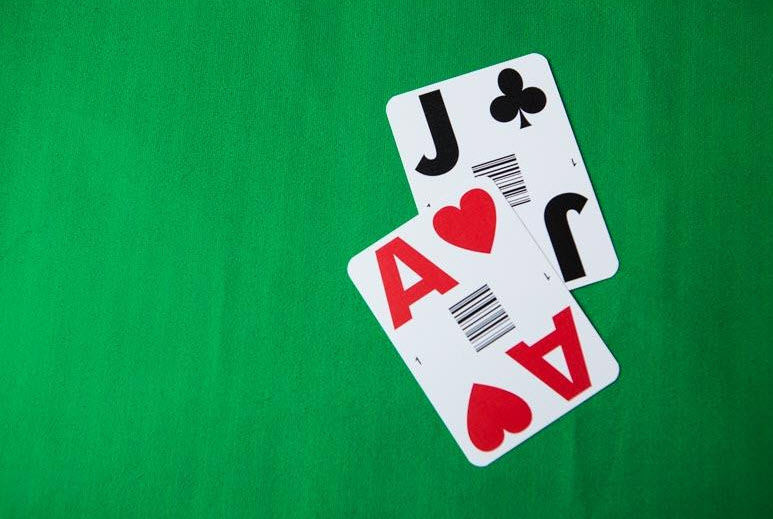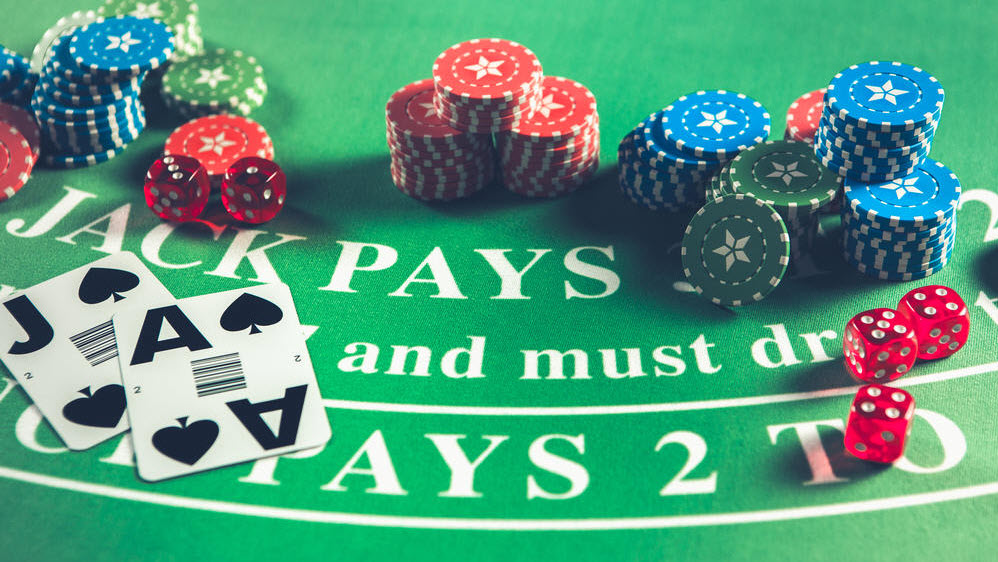There's nothing like a little competition to get the heart pumping, especially if there's a solid prize pool for the winners.
And when the urge to compete hits slot machine players, it's off to the races – Slot Races, that is, a new online take on traditional slot tournaments.
In Slot Races, you compete against other players to accumulate points all while playing your favorite games. Here's how these competitions works.
Select a race to enter
Slot races are run frequently, and you can choose one that begins when you want to play.
The races have different durations and different minimum bets per spin. You can choose whether you want a higher or lower minimum bet, and whether you want a shorter or longer tournament.
Each race also has a maximum number of spins to accumulate points. A 20-minute Slot Race might have a maximum of 200 spins, while shorter races have lower maximums and longer races allow more spins.
One other graphic on your screen is the race leaderboard. That will tell you how you stand in pursuit of the checkered flag and the race prizes.
Play the slot of your choice
Entrants don't all have to be playing the same game. You can play the slot games while you like to play.
You must bet cash on regular play on the machine, and the race points accumulate separately from your cash meter. Wagers made with free play or free spin vouchers awarded in promotions are not eligible for race points. Only cash play drives your chance to win the race.
While you play, you are both accumulating points for the tournament and playing for money in the same way you play for cash in regular play.
You can choose your own bet size, but if you bet less than the race minimum, you do not accumulate points. You can bet more than the minimum if you want to go for bigger winnings on regular play, but the bigger bets don't give you an edge in race points.
While you try to zoom past the competition, you'll see a display with your points as well as a meter for remaining time. When that meter hits 0:00, the race is over and you can collect no more points.

Collect points
Any winning spin puts points on your meter, and special wins really rev your engines as you try to lap the field.
Note that the points have no cash value, though the competitors with the most points will be awarded prizes after the race. The points are strictly to determine your standing in the race.
You can supercharge your standing with wins on the following:
- Get five points for any win of up to five times your bet. So if you bet 50 cents and win any amount less than $2.50, that brings five points.
- Get 10 points for a "Jumbo Win" of five to 15 times your bet. If your 50-cent wager brings winnings of at least $2.50 but less than $7.50, then you get the 10 points.
- Get 500 points for a "Monster Win" of at least 15 points. The Monster Wins really put you into overdrive. With a 50-cent bet, that means any win of $7.50 or more brings that 500.
- Get 100 points for a "Double Jumbo." That's two Jumbo Wins, with the second bringing 100 points instead of 10.
- Get 500 points for a "Super Booster." Any time you make it to one of your game's bonus events such as free spins or a pick'em round, that's a Super Booster and it'll have you off to the races.
The prizes
Awards to the winner from race to race, varying with the minimum bet and the race duration. Prizes may include free play, free spins, bonus events and cash.
Each day, there is a Main Event, and that race has the biggest prizes of the day. As a general rule, bigger cumulative minimum bets will bring bigger prizes.
For example, assume one race has a 50-cent minimum bet, a 20-minute duration and a maximum of 200 spins. The total wager for 200 spins would be $100.
Also assume another race is available with a 25-cent minimum bet, 10-minute duration and 100 maximum spins. The total wager for the 100-spin max would be $25.
The race requiring the most play usually would be the one with the bigger prizes.
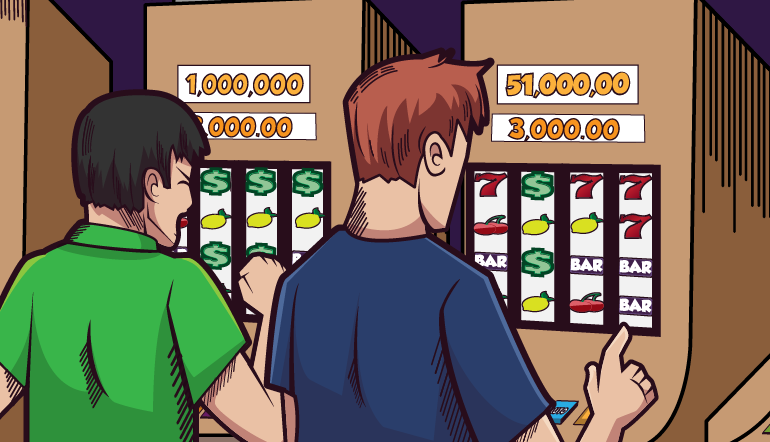
Comparison to Live Casino Tournaments
Slot tournaments have been an important part of promotions in live casinos since at least the 1970s. Slot Races have a similar basic format to live tournaments, but there are differences.
- Live tournaments usually put all players on the same game theme.
When three-reel slots ruled slot floors, running a tournament usually meant blocking off a group of machines – often of different themes – and temporarily taking them out of service.
While the games were down, technicians would replace game chips with tournament chips, remove reel strips and replace them with reel strips for the tournament game, and replace the glass to display the name of the tournament game.
The process is easier with modern video slots, especially on server-based games. Some systems allow operators to run their regular games most of the time, but to instantly switch to put the same tournament game on a block of machines when it's time for competition.
With Slot Races, there's no need for such conversions. You just play your regular game online, and the race is layered onto it.
- Live tournaments often do not involve cash play.
The most common format is to have players pay an entry fee, and that fee funds prizes.
That fee entitles entrants to play a number of timed tournament sessions, During those sessions, they do not put any more cash into the machines. Play is strictly for points, and winning spins do not pay cash.
In Slot Races, you are playing for cash, and the points that determine a race extra are a bonus.
Tips for slot race play
Just as in regular slot play, there is nothing you can do to change the odds of the game. You can't make wins come up more frequently. You just have to enjoy the wins -- and the Slot Race points – when they come.
However, there are some things you can do to get the most out of slot races.
- Pick a Slot Race that fits your schedule – If you have only 20 minutes to play, don't pick a 30-minute race. It's important to be able to complete the race to give yourself maximum time to accumulate points.
- Pick a Slot Race that fits your budget – Look for a race with a minimum bet that's in your wagering comfort zone.
You don't want to bet too much per spin and stretch your budget to its limits.
But it's also best to pick a race with a minimum bet that's not too little for your normal play.
If you plan to bet $1 per spin, then it may be to your advantage to enter a race with a $1 minimum instead of entering a 50-cent race and wagering $1. The prize structure may be greater in the higher-minimum race, so you'd rather put your play there than bet the same amount in a lower-minimum race with lower prize structure.
- Make sure you play the maximum spins.
In a 20-minute Slot Race with a maximum of 200 spins, players who finish all 200 spins have an advantage over those who don't.
If one racer spins 200 times and another only 190, then the first racer has 10 more chances to accumulate points.
Adjust your speed of play to make sure you spin as many times as allowed. That gives you the maximum chance to be first at the finish line and take home the prizes.





